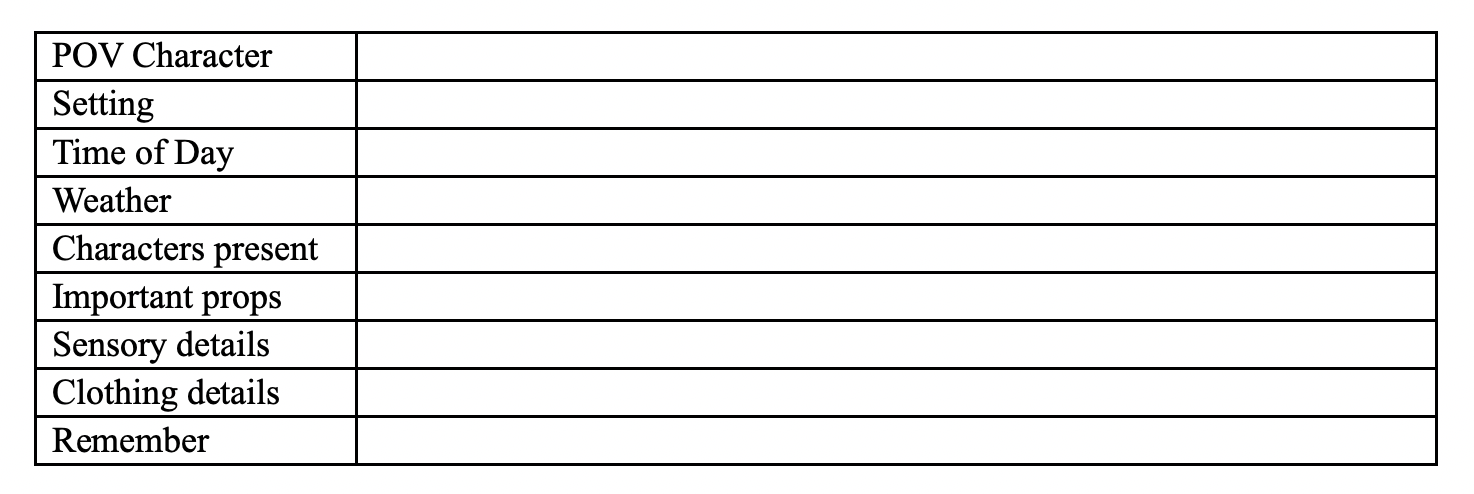Floor Plans! They’re Everywhere!
![]() A couple of scenes that Kent recently finished writing take place in the same location. Halfway through the second of them, he started adding notes about furniture that should have been mentioned in the first. Soon it wasn’t just furniture, but major architectural elements. By the time both scenes were written, he’d become unsure that the locale’s form was consistent, or even coherent.
A couple of scenes that Kent recently finished writing take place in the same location. Halfway through the second of them, he started adding notes about furniture that should have been mentioned in the first. Soon it wasn’t just furniture, but major architectural elements. By the time both scenes were written, he’d become unsure that the locale’s form was consistent, or even coherent.
So, he drew a map of it. Two maps, actually, because the characters do some remodeling. Result: yes, the shape of the room works for the action as prescribed, without needing to factor in any extra dimensions where dwell the Old Ones.
It might have been better to have the drawing available before he started writing, but it will certainly come in handy for the second draft. It’s quite possible that he was actually better off not having a map to look at while writing. Referring to a map can trigger his dormant dungeon-master training, which can bleed through into the prose if no one is keeping an eye one him. Then the narrative starts to sound like, “The room is a rectangle, twenty feet by thirty. Seventeen feet from where you’re standing there’s a fireplace. Roll for perception.”
Speaking of incoherent locales, we’ve been browsing a lot of house plans online. For now it’s mostly for entertainment, but we will want to create our forever house within the nigh-foreseeable future. It needs a dedicated office writing cave, and we’d really like to have some kind of demarcation for that so we can “come home from work.” The house has got to be in a modern style, and it needs to have certain other specific features. The problem, of course, is not that this combination of traits is hard to find. The problem is that there are so many possibilities, but we only need one house. (Right?) (Yes.) A good percentage of the designs make us scratch our heads, but that still leaves way too many to make it an easy decision. We don’t really expect pity on this count.
A writing partner is someone who shares your ideas about the perfect writing cave.

